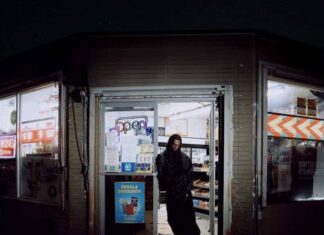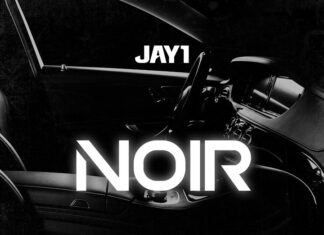In the dynamic world of music, speeding up songs has emerged as a fascinating phenomenon. This shift towards faster tempos and altered pitches has captivated listeners and reshaped our understanding and consumption of music. In this article, we dive into this trend’s roots, impact, and future, exploring how sped-up music has become an integral part of the musical landscape.
Origins
The origins of sped-up music can be traced back to various musical traditions and technological advancements. Historically, specific genres like chipmunk music in the 1950s and nightcore in the early 2000s have experimented with pitch and speed alterations. These early forays laid the groundwork for the widespread use of sped-up music in contemporary times.
Early Influences: Chipmunk Music and Nightcore
- Chipmunk Music: Originating in the late 1950s, this genre involved speeding up vocals to create high-pitched, chipmunk-like voices. It was an innovative use of technology to create a unique sound that captured the imagination of listeners.
- Nightcore: Emerging in the early 2000s, Nightcore was characterized by speeding up trance and eurodance tracks, resulting in a higher pitch and faster tempo. It gained a cult following and was pivotal in popularizing sped-up music among younger audiences.
Technological Advancements: Accelerating the Trend
With the advent of digital music production and sharing platforms, manipulating the speed and pitch of songs became more accessible. Software advancements allowed artists and producers to experiment with tempo and pitch more creatively and efficiently.
Digital Era: A Playground for Speed and Pitch
- Digital Music Production: Tools like pitch shifters and time-stretching software enabled producers to alter music without losing quality, paving the way for innovative musical creations.
- Online Sharing Platforms: Websites like YouTube and SoundCloud became hubs for sharing sped-up music, leading to viral trends and discovering new artists.
Cultural Impact: Reshaping Music Consumption
The sped-up music trend has significantly impacted music consumption and culture. Social media platforms, especially TikTok, have played a crucial role in popularizing this trend, with sped-up versions of songs often becoming more popular than the original tracks.
Social Media and Virality
- TikTok Phenomenon: Short-form video content on TikTok has driven the popularity of sped-up music, with users creating and sharing content using these altered tracks.
- Viral Challenges: Many sped-up songs have become the soundtrack for viral challenges and trends, further cementing their place in popular culture.
Artistic Implications: New Creative Horizons
Sped-up music has opened new creative avenues for artists and producers. It has challenged traditional notions of music production and inspired a wave of innovative musical compositions.
Expanding Musical Boundaries
- Artistic Experimentation: Artists explore sped-up elements in their music, blending genres and styles to create fresh and engaging sounds.
- Reimagining Classics: Classic songs are being reimagined with a sped-up twist, introducing them to new audiences and giving them a contemporary edge.
Future Prospects: The Road Ahead
As the trend continues to evolve, it poses exciting prospects for the future of music. It’s likely to influence mainstream music production and could lead to the emergence of new genres and subgenres.
Predictions and Possibilities
- Mainstream Adoption: More mainstream artists may incorporate sped-up elements in their music, blurring the lines between traditional and contemporary styles.
- Evolution of Genres: New subgenres focusing on speed and pitch manipulation could emerge, further diversifying the musical landscape.
Conclusion
The evolution of sped-up music marks a new era in the musical world. It’s a testament to the endless possibilities of creativity and technology, and its impact resonates across generations of listeners and creators. One thing is sure as we look to the future: the exploration and experimentation with speed and pitch in music will continue to fascinate and inspire.
























 🔥 Limited Time: Get 55% OFF All Plans - Ends in:
🔥 Limited Time: Get 55% OFF All Plans - Ends in: